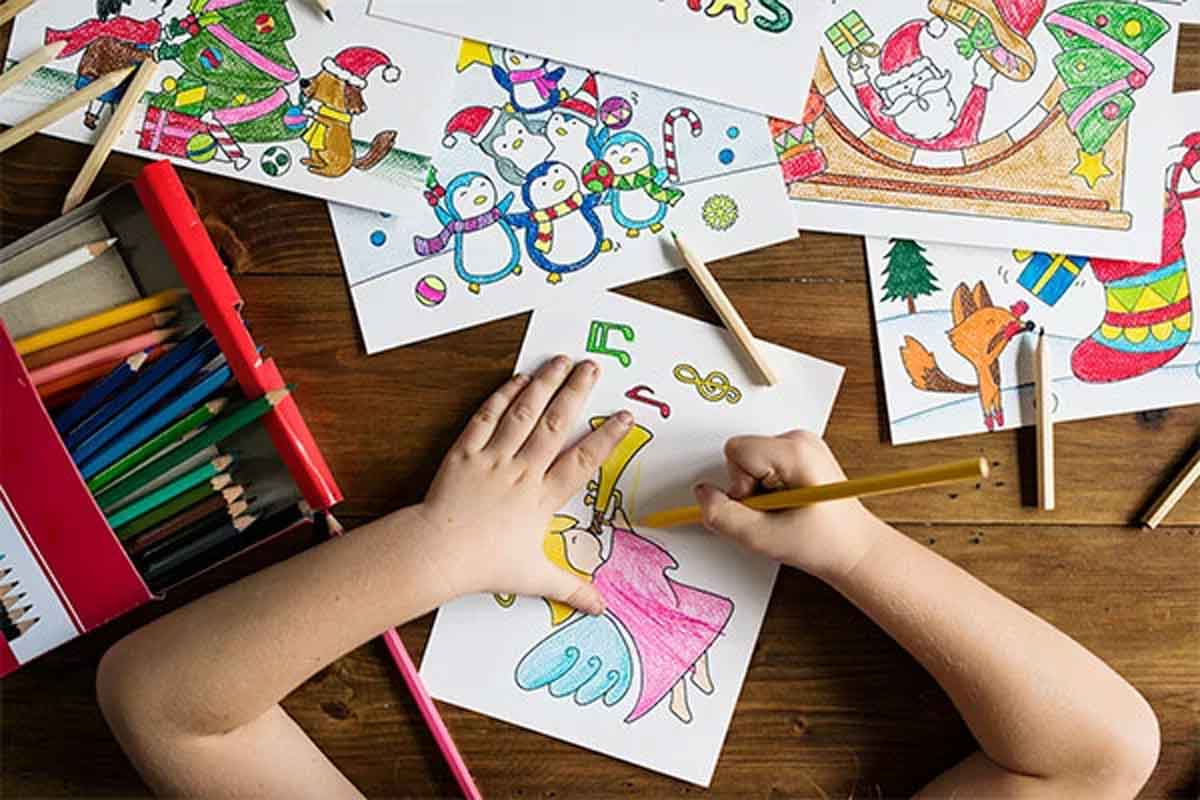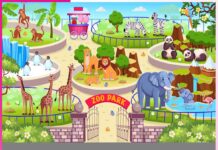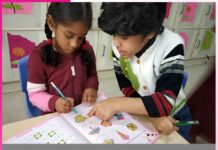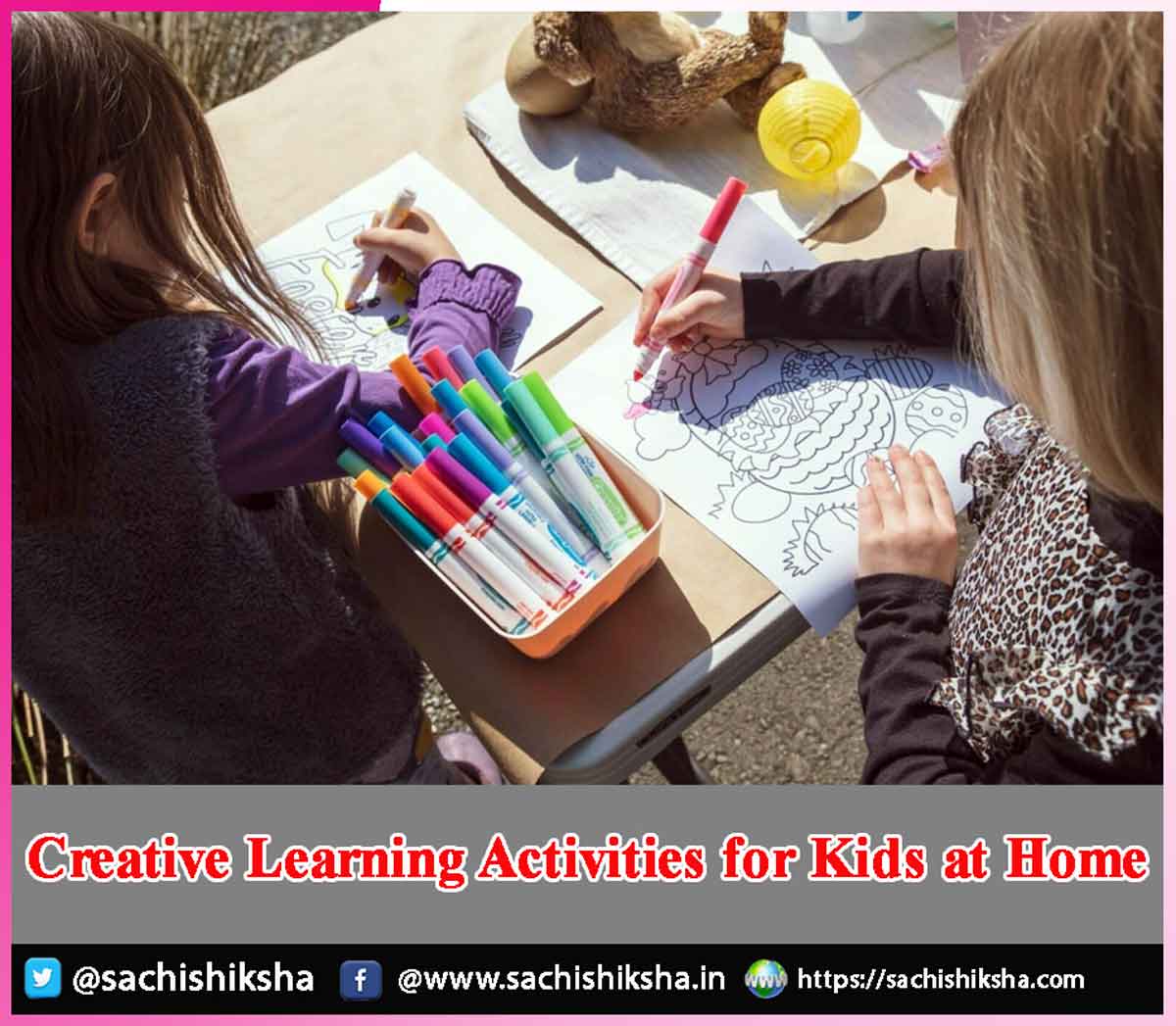Creative Learning Activities for Kids at Home
Introduction: Keeping children engaged in meaningful learning experiences at home can be a rewarding challenge. Creative activities not only help kids develop essential skills but also nurture their curiosity, problem-solving abilities, and imagination. This guide provides detailed ideas for diverse age-appropriate creative learning activities that parents can easily implement at home.
Table of Contents
Benefits of Creative Learning
- Cognitive Development: Creative tasks enhance critical thinking, memory, and problem-solving skills.
- Emotional Growth: Self-expression through creative activities helps children manage emotions and build self-confidence.
- Social Skills: Collaborative activities encourage teamwork and communication.
- Fine and Gross Motor Skills: Craft projects and physical activities improve coordination and dexterity.
- Imaginative Play: Boosts innovation and flexible thinking.
Age-Appropriate Learning Activities For Toddlers (Ages 1-3)

- Sensory Bins
- Fill bins with safe materials such as rice, sand, pasta, or water.
- Add toys, spoons, and cups for scooping, pouring, and exploring textures.
- Encourage sorting by color or shape.
- Art Exploration
- Provide toddler-friendly crayons, finger paints, and large sheets of paper.
- Let them explore colors and shapes freely.
- Musical Play
- Create simple instruments like shakers using bottles filled with rice.
- Play music and encourage toddlers to dance or follow simple rhythms.
- Simple Puzzles
- Choose puzzles with large, chunky pieces.
- Help toddlers match shapes or pictures.
For Preschoolers (Ages 4-5)
Preschoolers thrive on activities that challenge their creativity and problem-solving skills.
- DIY Craft Projects
- Use household items like cardboard tubes, paper plates, and yarn.
- Ideas include making puppets, masks, or simple collages.
- Storytelling with Props
- Create a storytelling basket filled with props like stuffed animals and small toys.
- Encourage children to create their own stories.
- Nature Exploration
- Go on a backyard scavenger hunt to collect leaves, rocks, and flowers.
- Create art projects or sensory collages from natural items.
- Counting and Sorting Games
- Use everyday objects like buttons or coins.
- Challenge children to sort by size, color, or type.
For Early Elementary (Ages 6-8)
Children in this age group are eager to learn and enjoy activities that combine fun with skill-building.
- Science Experiments
- Simple experiments such as making a volcano with baking soda and vinegar.
- Create a rainbow in a jar using different liquids.
- Creative Writing
- Provide prompts and encourage children to write short stories or comic strips.
- Create a family newsletter.
- Art and Craft Challenges
- Create themed craft challenges, such as building a robot using recyclables.
- Encourage children to showcase their creations.
- Math Games
- Play board games that incorporate counting and strategy.
- Use playing cards for addition or subtraction challenges.
For Preteens (Ages 9-12)
Preteens often enjoy projects that allow them to delve deeper into subjects and express their individuality.
- STEM Projects
- Build simple machines using household items.
- Create coding projects using beginner-friendly platforms like Scratch.
- DIY Home Projects
- Encourage children to redecorate their rooms or organize a section of the house creatively.
- Photography Challenges
- Assign themes for daily or weekly photography challenges.
- Help them create photo albums or digital slideshows.
- Writing and Journaling
- Encourage keeping a journal to document thoughts, ideas, and observations.
- Challenge them to write book reviews or poetry.
For Teenagers (Ages 13 and Up)
Teenagers seek activities that align with their interests and provide a sense of accomplishment.
- Digital Art and Design
- Explore graphic design using free tools like Canva.
- Encourage creating posters, digital art, or social media content.
- Cooking and Baking
- Allow teens to choose recipes, plan meals, and cook independently.
- Teach them about nutrition and meal presentation.
- Volunteer Projects
- Encourage organizing charity drives or community service projects.
- Help them research causes they care about.
- DIY Craft Entrepreneurship
- Support creating handmade products like jewelry or crafts to sell online.
- Teach basics of business, marketing, and finance.
Cross-Age Group Family Activities
- Family Game Nights
- Play board games or trivia that engage all age groups.
- Rotate game choices to keep it fresh.
- Collaborative Storytelling
- Create a round-robin story where each family member contributes a sentence or paragraph.
- Outdoor Adventures
- Go for nature walks, picnics, or backyard camping.
- Themed Craft Days
- Choose a theme like “Under the Sea” or “Space Adventure” and create related crafts together.
- Family Talent Show
- Encourage everyone to showcase a unique talent.
- Record performances and celebrate each person’s creativity.
Tips for Successful Creative Learning at Home
- Set a Schedule: Establish a routine to dedicate time for creative activities.
- Create a Dedicated Space: Organize a clutter-free zone for crafting, experiments, and learning.
- Be Flexible: Allow children to take the lead and adapt activities to their interests.
- Encourage Reflection: Discuss what they learned or enjoyed most after each activity.
- Celebrate Efforts: Acknowledge and appreciate creativity and participation.
Conclusion : Creative learning activities at home are an excellent way to foster a love of learning, strengthen family bonds, and nurture essential life skills. By incorporating age-appropriate activities and being open to exploration and imagination, parents can create a vibrant learning environment that keeps children engaged and inspired. Whether it’s through art, science, storytelling, or collaborative projects, the possibilities for creative learning are endless.














































